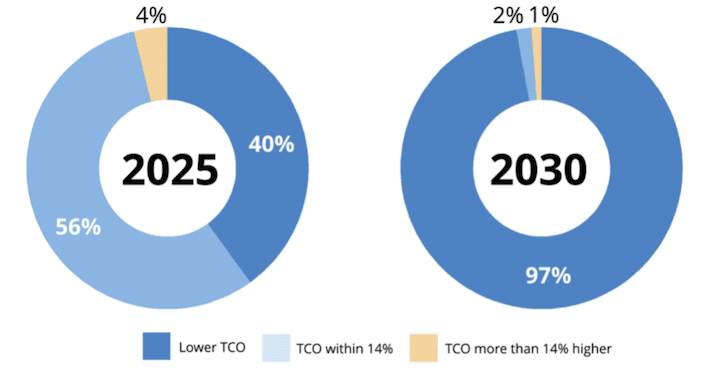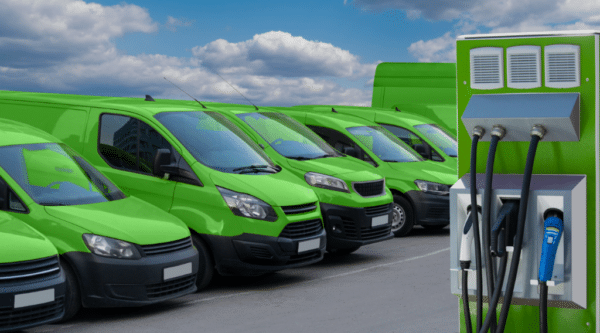Driven by a multitude of incentives, the transportation industry is accelerating the adoption of electric vehicles (EVs) and the necessary charging infrastructure.

In this article, we delve into the complexities of planning for fleet electrification and how to navigate these challenges without becoming stalled by over-analysis. Here are four crucial aspects that will guide you toward decisive and informed action:
- Aligning Fleet Use Cases with EV Charging Infrastructure Design
Misalignment, especially in class 3-8 EVs with EVSE, may result in stranded assets. Identifying fleet charging models and usage patterns is only half the battle; selecting the proper charging method can be perplexing. If vehicles are inadequately charged, they may miss routes, undermining operational reliability. The risks are substantial. - Selecting Suitable EVSE and Power Management Software Platforms
The range of options for type, size, and configuration of EVSE is vast. The emerging nature of smart charging stations and load management software can lead to improper capacity planning. Inaccurate forecasting of growth and failure to plan electrical upgrades with variables like utility incentives and rate structures in mind can hinder scalability and futureproofing of your fleet electrification plan. - Tapping into Incentives and Complying with Requirements
Understanding new funding and incentives is vital but time-consuming. The risk lies in over-allocating resources to low-yield opportunities or dead ends. While some EV OEMs provide support, this is not typically the case for EVSE. - Analyzing Time and Capital Investments for Charging Infrastructure Implementation
Fleet electrification involves more than vehicles alone; it requires a comprehensive energy strategy. Underestimating critical factors may disrupt business and customer relations. Considerations include:- Developing staff education and training programs
- Creating mitigation and redundancy plans
- Selecting and integrating technology
- Assessing supply chain bottlenecks
- Reporting on asset depreciation and defining KPIs
- Implementing infrastructure and maintenance plans

According to Chris Henry, Director, National Fleet at Purolator, “Planning out your strategy to deployment is key. It is highly likely that if you are starting the process now, you are already well behind in the queue of utilities, engineering firms, contractors, OEMs, and electrical equipment manufacturers.” Henry went on to say, “While the industry is likely to rise to meet demand in the coming years, the need for carefully planning out your deployment plan is still critical. Each phase of deployment is likely to be a unique case, depending on the size and state of your facilities and availability of electricity locally. Early engagement with key stakeholders, detailing out your plans and timelines will be key to your success.”
Since no two fleets are alike, Electrada’s 360 CaaS offers a personalized approach, helping fleets steer clear of paralysis risks. With benefits like zero CapEx, predictable pricing, reduced complexity, and performance guarantees that mitigate risk, fleets can realize potential savings of 70% or more over the life of the relationship compared to a DIY approach.



